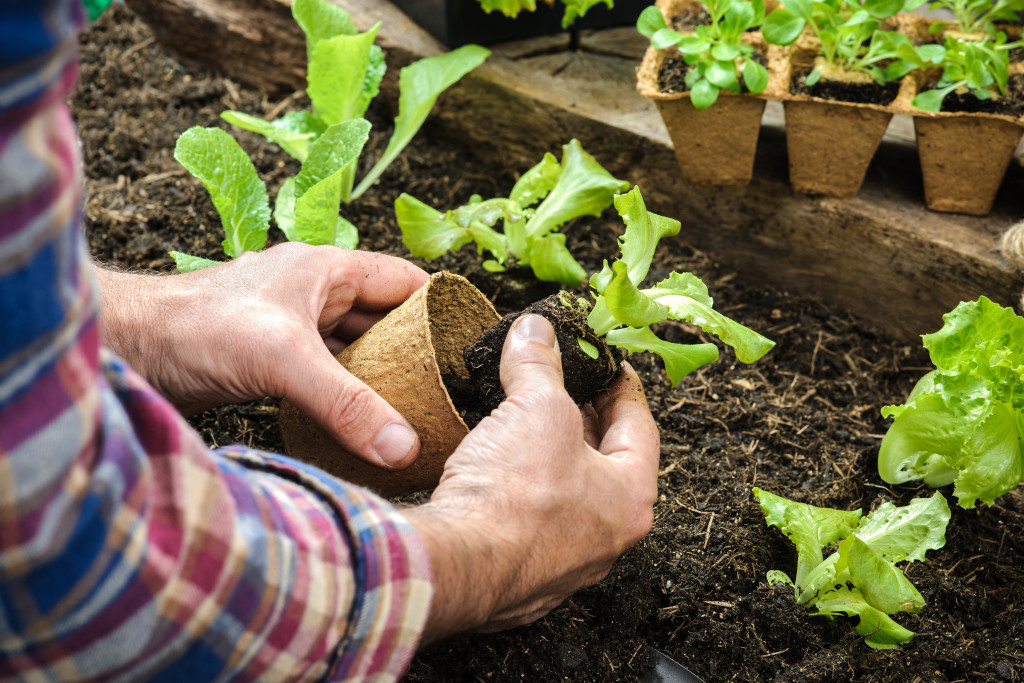- Container gardening is ideal for those with limited outdoor space, allowing you to grow plants in pots and planters.
- Containers come in various materials, such as clay, plastic, or wood, with different benefits, like durability and insulation.
- Before choosing plants, consider the container size, shape, drainage, and material to ensure optimal growth conditions.
- Each plant has specific needs in terms of sunlight exposure, temperature range, and soil conditions that must be met.
- Proper preparation of containers and soil can help promote healthy growth and create a stunning display of colorful blooms.
For those who love gardening but don’t have ample outdoor space, container gardening is the perfect solution to cultivate beautiful plants without the need for a sprawling garden. Container gardening is simply growing plants in pots or planters, making it an ideal option for people who live in apartments or condos or have limited backyard space.
Container gardening has become increasingly popular, and many good reasons exist. One of the most significant benefits of container gardening is that you can grow various types of plants, including flowers, herbs, and vegetables.
It is also an ideal option for people who live in areas with poor soil quality or harsh climates. By growing plants in pots or planters, you can create an optimal environment for your plants while controlling the soil, light, and moisture levels.
It can be a therapeutic and rewarding experience that offers many advantages. One of the significant benefits of container gardening is the low maintenance that it requires. Unlike traditional gardening, container-based gardening does not require digging or tilling the soil, which can be time-consuming and backbreaking.
Choosing the Right Containers
Before picking the plants you want to grow, choose a suitable container. You can use any container with drainage holes, but ensure it is the appropriate size for your chosen plant. Large containers are suitable for larger plants with deeper roots, while small containers are ideal for herbs and succulents.
Selecting Appropriate Container Materials
The material of your container matters too. Different materials offer various benefits, such as durability, style, and insulation. Clay pots are porous, which means they might dry out faster, but they’re classic and aesthetically pleasing.
Plastic containers, on the other hand, are lightweight and come in vibrant colors, but they might get brittle over time. Wood is also an excellent choice for its natural appearance and insulation, but it can be expensive.
Considering the Size, Shape, and Drainage of Containers
Your container’s size, shape, and drainage are crucial to its effectiveness. Your container size should provide enough space for the plant’s root system and soil. The shape of the container depends on where you’ll place it, and the drainage holes make sure that water flows out of the soil without drowning the roots.
Matching Containers With the Specific Needs of Plants
Different plants have different needs. Some require more space, while some require more sunlight. Certain plants also prefer certain container materials. This is why matching the container with the plant you want to grow is essential.
For example, if you want to grow aloe Vera, you should choose a clay pot with excellent drainage, while herbs are suitable for small plastic containers.

Selecting the Ideal Plants
No container garden is complete without plants. Choosing the right plants for your container garden will depend on several factors. Here are some things to keep in mind:
Determining the Purpose and Location
Before you start looking for plants and containers, you need to determine the purpose of your container garden. Do you want it to provide fresh herbs or produce, or do you want to create a relaxing atmosphere with colorful blooms?
The location of your container garden will also depend on the purpose. Herbs and vegetables need a lot of sunlight, while flowers can tolerate partial shade.
Assessing Sunlight, Temperature, and Soil Conditions
Different plants require different amounts of sunlight, temperature, and soil conditions. Before you select plants for your container garden, assess the area’s conditions where you plan to place them. Most plants need at least six hours of sunlight per day, while some prefer partial shade.
The temperature requirements are also essential, as some plants cannot tolerate extreme heat or cold. Soil conditions are also necessary, affecting the plant’s growth and development. Some plants need well-draining soil, while others prefer moist soil.
Choosing Suitable Plants
The final step in creating a beautiful container garden is selecting suitable plants based on size, growth habits, and maintenance requirements. Consider the plant’s size and growth habits, ensuring it won’t outgrow the container. Additionally, the plants should have similar maintenance requirements and be easy to care for.
Preparing the Container and Soil
Before you start planting, it’s essential to properly clean and sanitize your containers to avoid any diseases that could harm your plants. Simply clean them with soap and water, and rinse thoroughly before letting them dry.
Next, ensure proper drainage by drilling or punching holes in the bottom of your container, allowing excess water to drain.
Finally, choose a quality topsoil that can retain moisture and nutrients while providing adequate drainage. Mix in a slow-release fertilizer at the start of the planting season for added nutrients.
Planting Techniques
When it comes to planting, knowing the proper planting depth and spacing for different plants is vital. Some plants require deeper soil coverage, while others need to be planted closer together to thrive. For vegetables, aim for rows of plants with a gap of at least 18 inches between each row.
Another option is transplanting seedlings or establishing plants from nursery pots, which are effective methods of starting your container garden. Also include companion plants to enhance the visual appeal and promote mutual benefits. For example, marigolds repel pests, while nasturtiums can serve as a trap crop to ward off insects.

Container gardening is an excellent way to create a beautiful green space in small areas. You can cultivate a garden that suits your needs and preferences with the proper containers, materials, plants, and maintenance.
Whether you want to grow fresh herbs or produce, create a colorful oasis, or have a relaxing space to unwind, container gardening has got you covered. Remember to consider the factors that affect plant growth and development, such as sunlight, temperature, soil conditions, and maintenance requirements.

